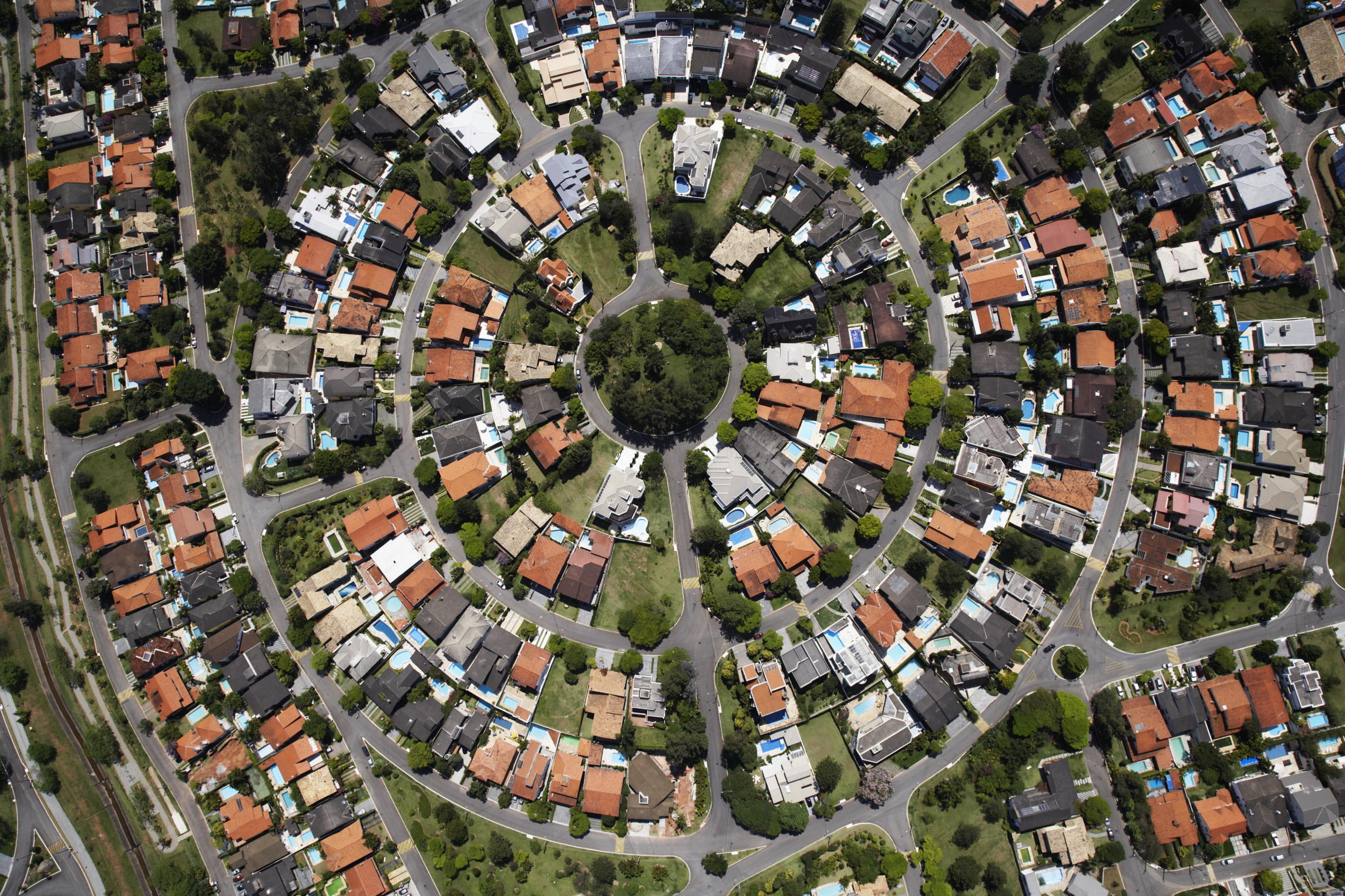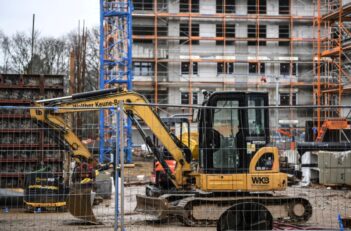
HUD rule aims to clarify fair housing obligations and promote residential integration.
The Fair Housing Act of 1968 was enacted not only to ban outright racial discrimination, but to combat residential segregation—a goal which critics have argued still has yet to be achieved 50 years later. But the Obama Administration is seeking to change that. Last week, it announced a new regulation designed to eradicate racially segregated housing patterns and foster integration in communities across the nation.
The new rule, issued by the U.S. Department of Housing and Urban Development (HUD), requires communities receiving HUD funding to use HUD-provided data to identify potential local fair housing issues, and then to develop approved goals to address these issues. In so doing, the rule—called the Affirmatively Furthering Fair Housing (AFFH) final rule—seeks to clarify obligations imposed under the Fair Housing Act and to provide communities with the resources to meet them. At its core, the rule aims to address the Fair Housing Act’s perceived failings: a lack of specific guidance for compliance and weak enforcement mechanisms.
Prior to the AFFH rule, communities participating in HUD programs were required to undertake “an analysis of impediments [AI] to fair housing choice.” But this approach had two main issues. First, the steps communities needed to adopt to conduct such an analysis were vague. Participants, based only on “general guidance” from the HUD, had to assess impediments to fair housing choice within their area, take some sort of action to resolve any identified issues, and keep records of such efforts. Second, participants’ plans generally were not submitted to or reviewed by HUD. As a result of “HUD’s limited regulatory requirements and oversight,” according to a government study assessing the Fair Housing Act’s failings, HUD program participants placed “a low priority on ensuring that their AIs serve[d] as effective planning tools.”
To solve these problems, HUD plans to provide a trove of data to communities to help them better assess their respective deficiencies. Such data would include racially and ethnically concentrated areas of poverty, patterns of segregation and integration, disparities in housing needs, and inequality in access to opportunity. HUD also aims to streamline the submission and review process for the plans communities develop.
“[W]e’ll make it easier for communities to implement this law,” President Obama explained in an address he delivered about the new rule’s publication. “We’re using data on housing and neighborhood conditions to help cities identify the areas that need the most help.”
The communities would use this data, in conjunction with information that they have gathered on their local housing patterns, to compile what is called an Assessment of Fair Housing (“AFH”) every three to five years. The AFHs would contain several key pieces of information:
- a description of the communities’ demographics;
- an examination of local patterns of integration and segregation;
- a description of racially and ethnically concentrated areas of poverty;
- an analysis of disparities in access to schools, safe streets, public transportation, and other social services; and
- an examination of substandard housing conditions for racial and ethnic minorities.
Each community would submit its assessment to HUD, which would either accept the plan, or note its deficiencies and explain how to remedy them. The HUD-approved AFH would then inform communities’ respective housing and community development planning processes over the next several years, with HUD tracking the results of the AFHs.
The AFFH rule also seeks to clarify certain key terms. For one, it provides an explicit definition of the Fair Housing Act’s core mandate: “affirmatively furthering fair housing.” The rule explains this purpose as requiring actions aimed at “address[ing] significant disparities in housing needs and in access to opportunity,” as well as “replacing segregated living patterns“ with integrated ones, and “fostering and maintaining compliance with civil rights and fair housing laws.” This new language clearly articulates communities’ obligation to adopt proactive steps to foster more inclusive communities.
Prior to the AFFH rule, participants were required only to “mitigate or address” housing impediments, but not to “overcome” them. In response to some who felt that this language undercut the obligations communities have to address fair housing issues actively, the AFFH rule replaces “mitigate or address” with “overcome.”
The announcement of this new rule comes on the heels of the Supreme Court’s recent decision in Texas Dept. of Housing Community Affairs v. Inclusive Communities Project, Inc., which held that disparate-income claims are cognizable under the Fair Housing Act, essentially declaring that a plaintiff need not establish that the defendant had a discriminatory intent or motive. That ruling is said to have been a victory for minorities seeking to buy or rent a home. Advocates of HUD’s new rule say that it is yet another step in the right direction.
“Housing discrimination is the unfinished business of civil rights,” Sherrilyn Ifill, the president of the NAACP Legal Defense and Education Fund, reportedly said. “It goes right to the heart of whether you believe that African American people’s lives matter, that you respect them, that you believe they can be your neighbors, that you want them to play with your children.”
But the rule also has its critics, who have taken aim at what they consider to be an incursion into communities’ rights.
“This overreaching new regulation is an attempt to extort communities into giving up control of local zoning decisions and reengineer the makeup of our neighborhoods,” said Representative Paul Gosar of Arizona, who has introduced several pieces of legislation intended to block enforcement of the rule.
Others, though, have said that it is too early to make any pronouncements on the effects—or lack thereof—that this new rule will have, as its ultimate impact will hinge on how forcefully HUD chooses to enforce the rule.
“It’s a very modest first step because there’s no content in these rules about what HUD is going to do if jurisdictions don’t do something to desegregate,” as Richard Rothstein, an Economic Policy Institute research associate, is reported to have explained.
Given that the AFFH final rule has not yet gone into effect, it remains to be seen what sort of impact the rule will have on communities. HUD has explained that communities’ first AFHs will not be due immediately upon publication of the AFFH final rule, and the rule itself has yet to be published. Additionally, the effects of this rule will take even longer to materialize for smaller jurisdictions, because HUD has allotted them additional to submit their first AFFHs.



